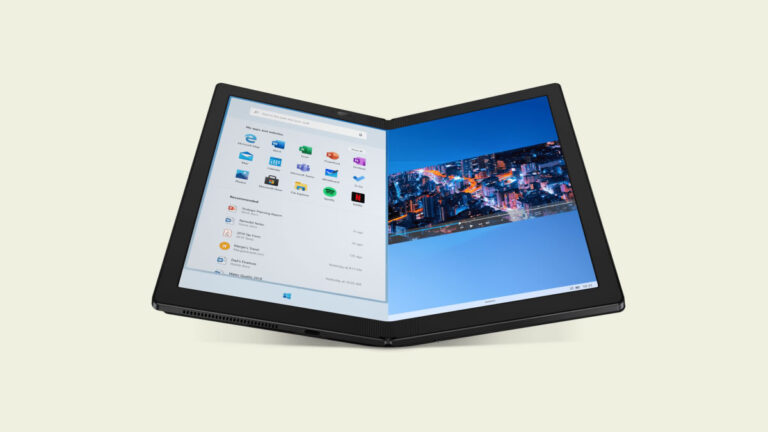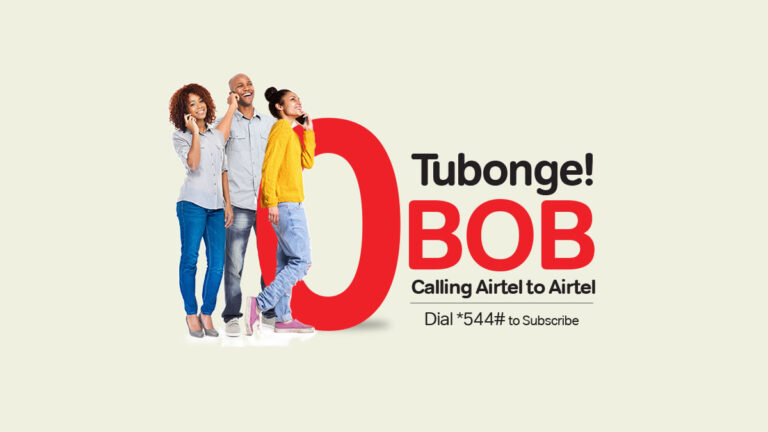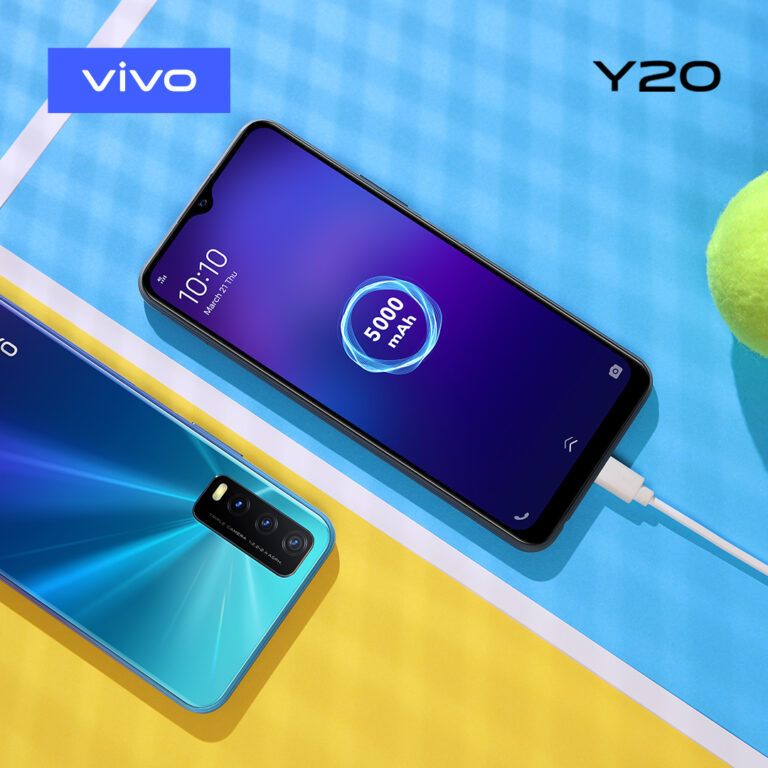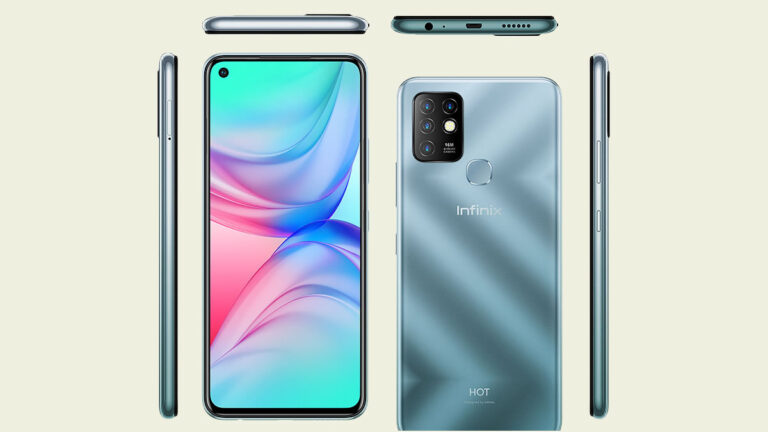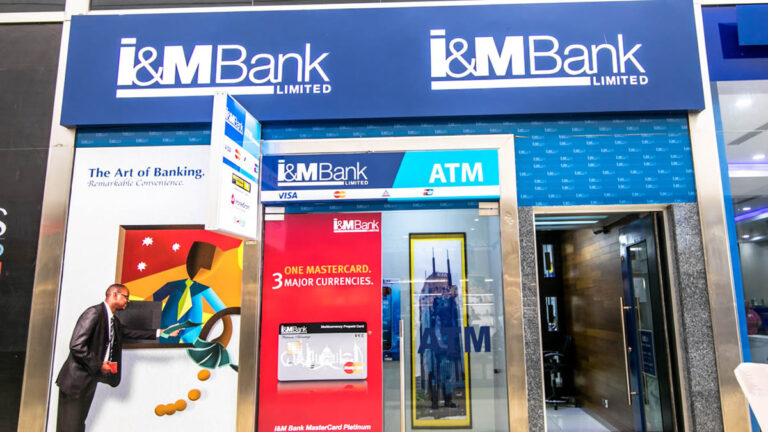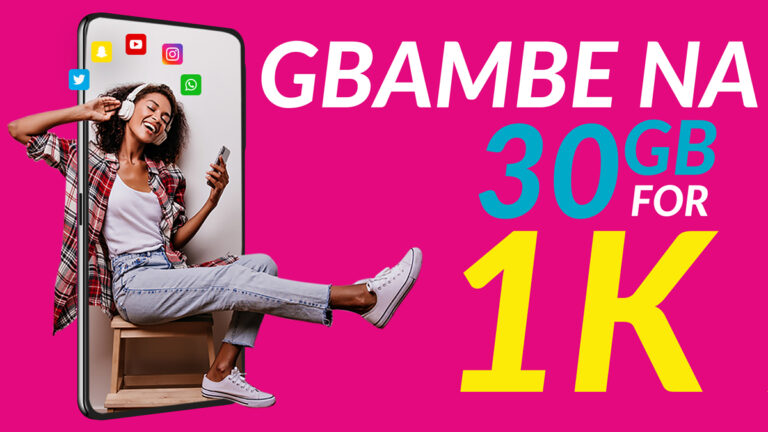Lenovo has finally made true on its promise during this year’s CES to unveil the world’s first foldable PC. The device moves a way from what we’ve come to know as portable computers by introducing a device that has an actual foldable display dubbed Lenovo Thinkpad X1 Fold. The company goes further to promise a new generation of computing with a foldable category it hopes it’ll delight consumers.
A few years back, it was almost impossible to imagine at some point we’d be thrilled to see foldable tech in portable devices. But as some manufacturers have already proven, there are those consumers who will need something exquisite, unique and probably uncommon. Invention in the mobile telephone has almost reached climax with foldable designs now trying to take over from what came to be known as the notch era.
While promising to usher in a whole new segment in portable computers, Lenovo has finally made the Thinkpad X1 Fold available on preorder for now in the United States. The X1 Fold as expected highlights its ability to fold the display which is nothing but high-end in all respects. The panel totals to 13.3-inches and utilizes OLED technology with a resolution of 2048×1536 making sure those text and images pop. Under the hood, the X1 Fold supports Dolby Vision and is powered by Intel’s penta-core i5-L16G7 processor with integrated Intel UHD 11th-gen graphics. Users will get 8GB of LPDDR4X 4,267MHz RAM and up to 1TB of PCIe-NVMe M.2 SSD storage.
Lenovo claims a 50Wh battery underneath to last up to 8.5 hours on a single charge and can be topped up via a USD type – adaptor capable of up to 65W fast charging. In addition, the laptop comes packed with all sorts of connectivity with Wi-Fi 6 headlining the set, WLAN 802.11ax, Bluetooth 5.1 and 5G sub-6GHz with 4G LTE (CAT20) completing the options.
At the moment, Lenovo ThinkPad X1 Fold is up for pre-order in the US starting at $2,499 (about Ksh.263,000) though we expect it to cost way higher if at all it reaches Kenya. Lenovo has promised to start shipping to the rest of the world in the coming weeks. There’s currently no word on when it will be launched in global markets though.

